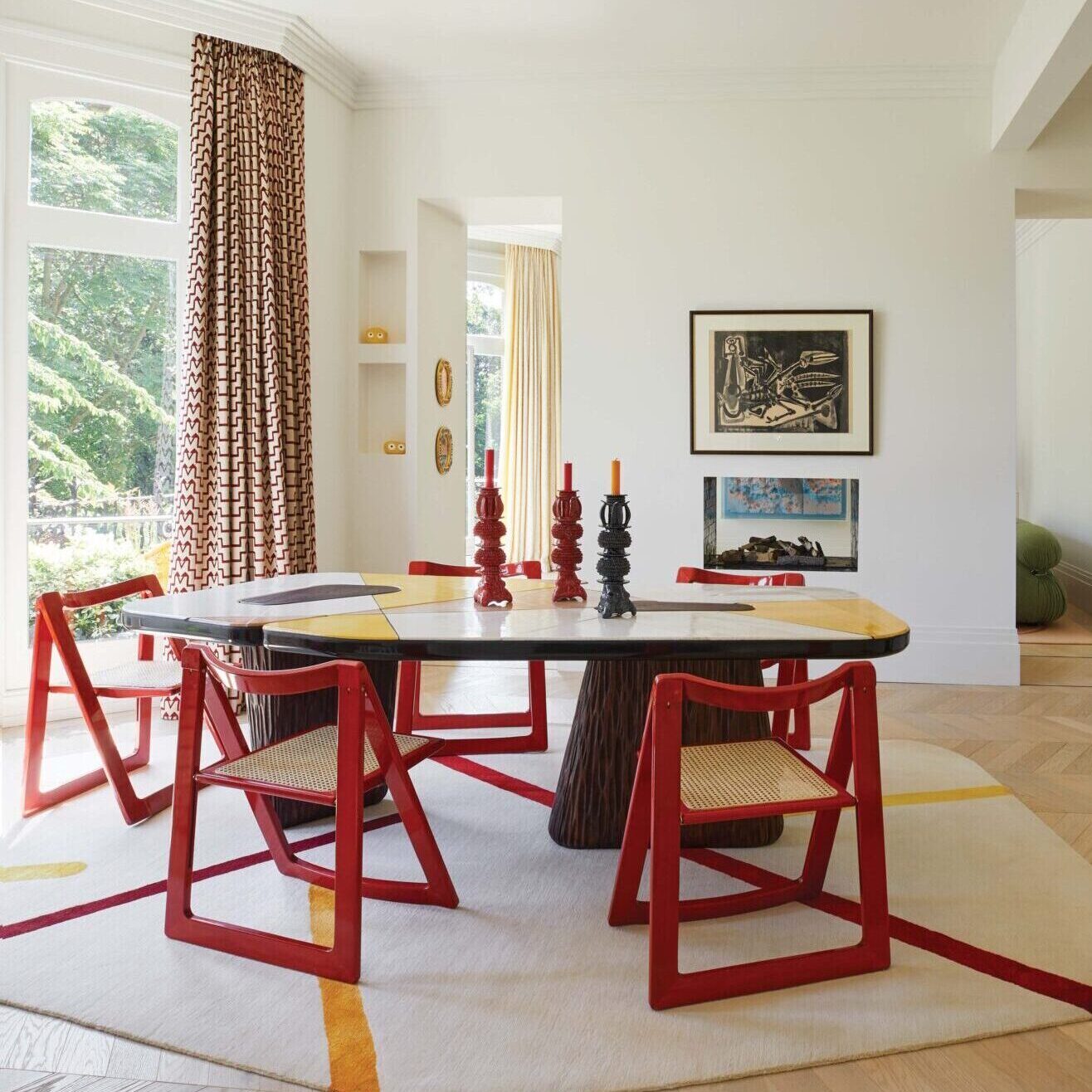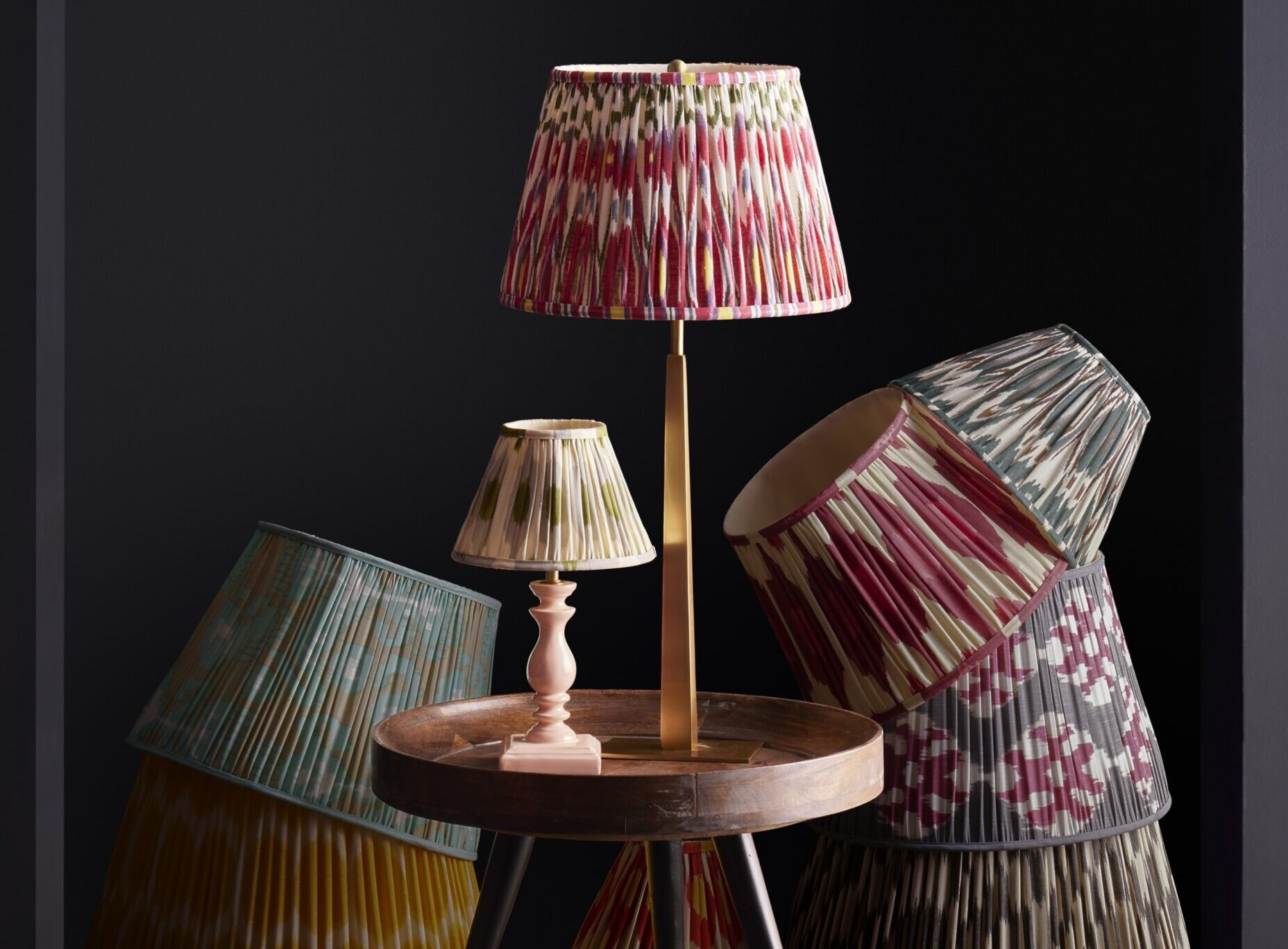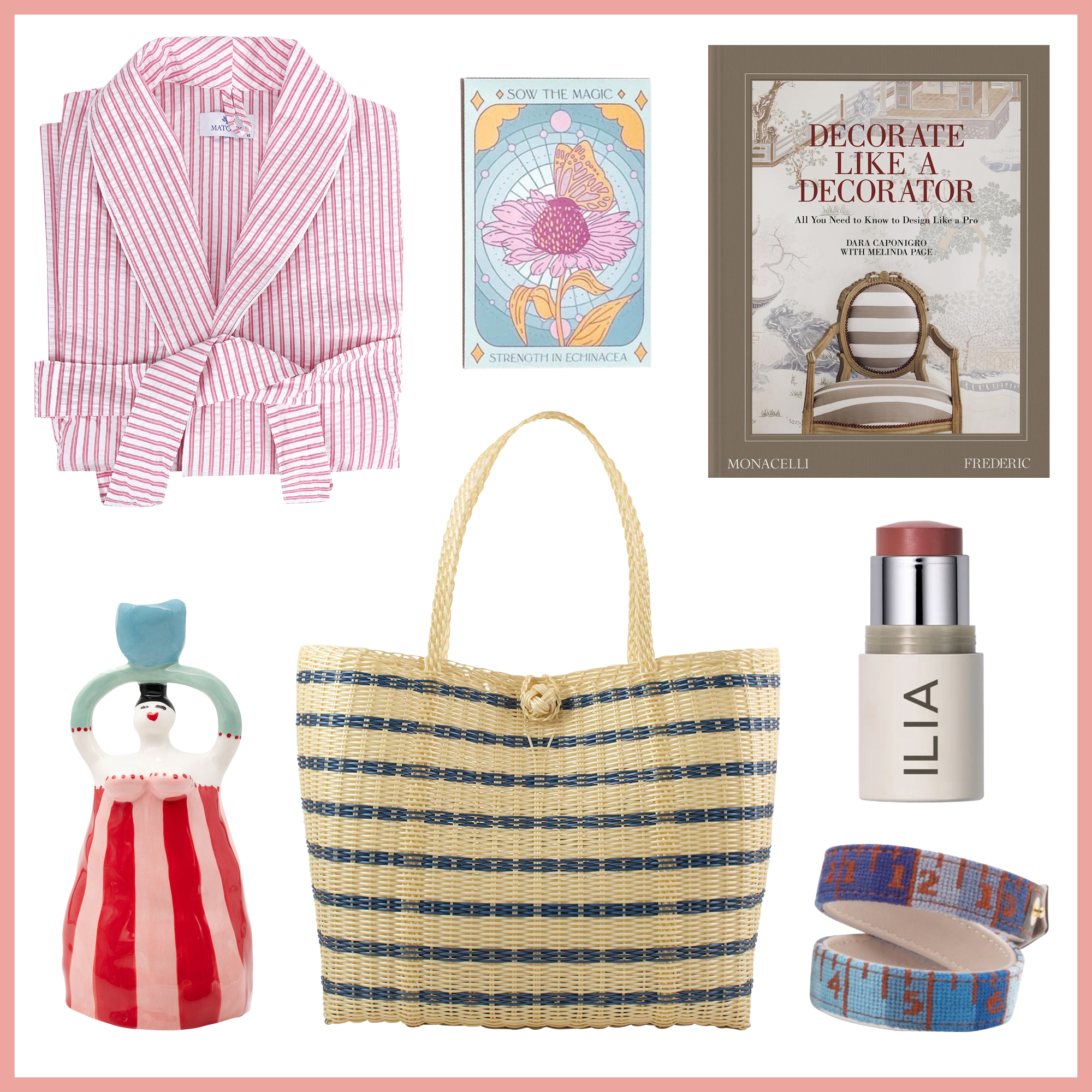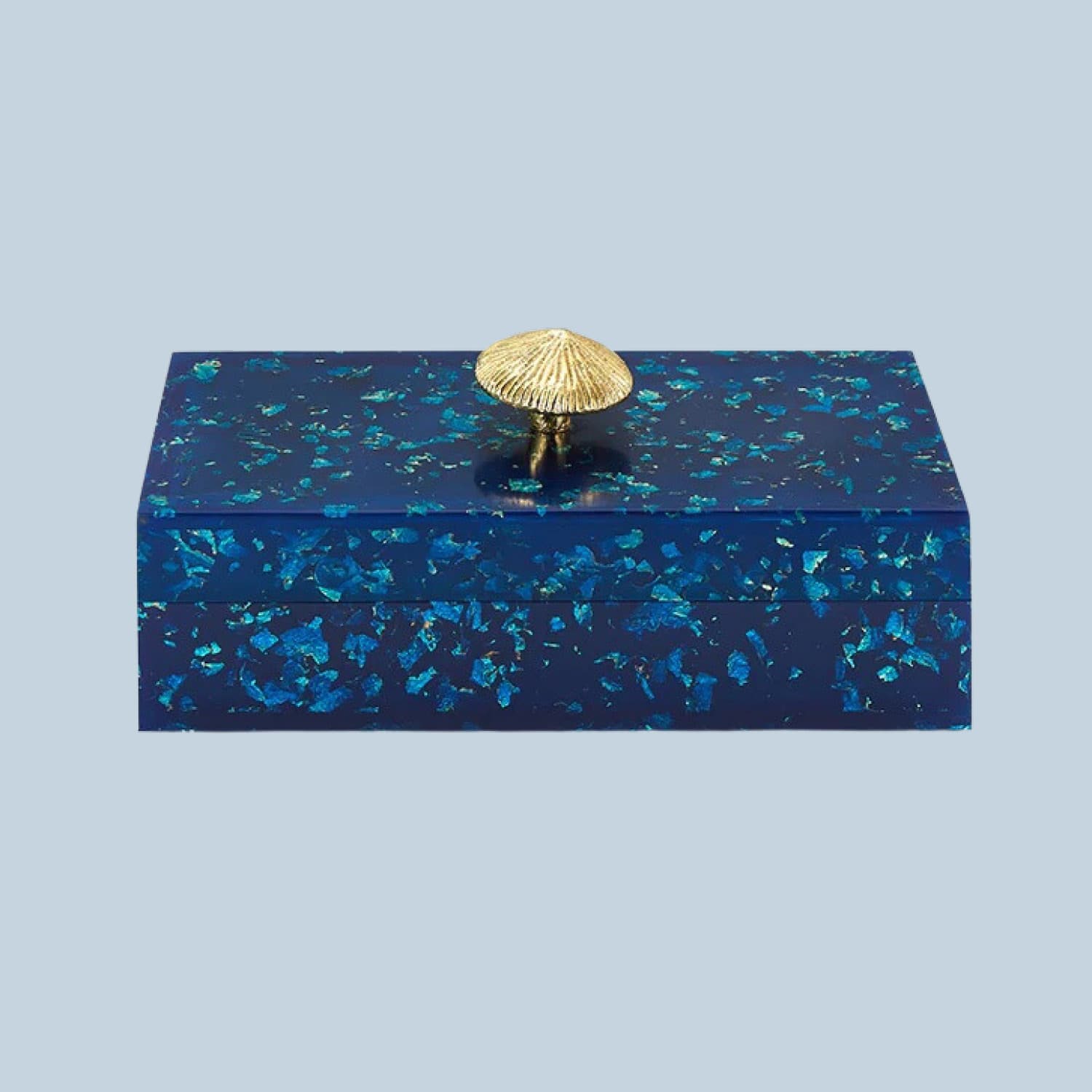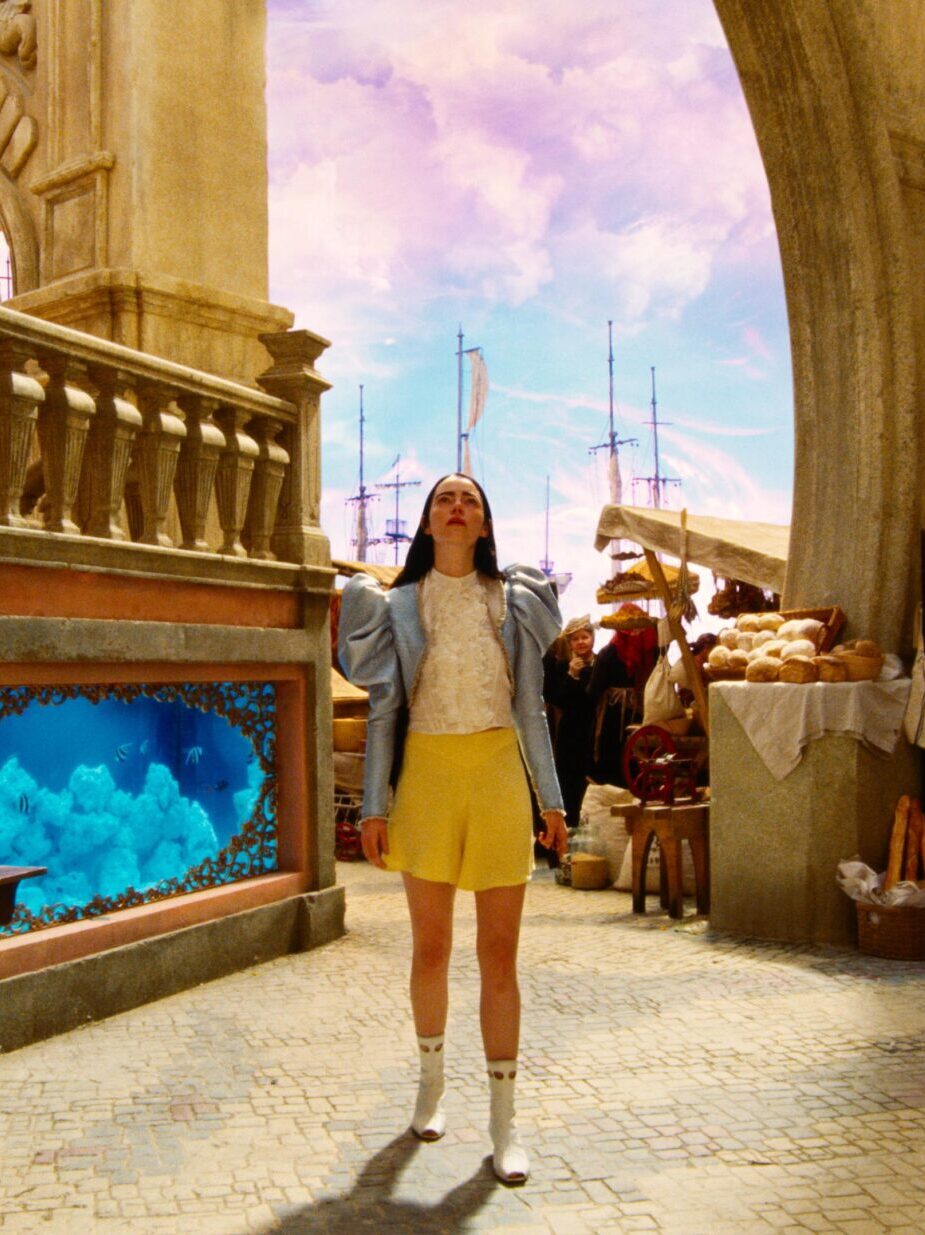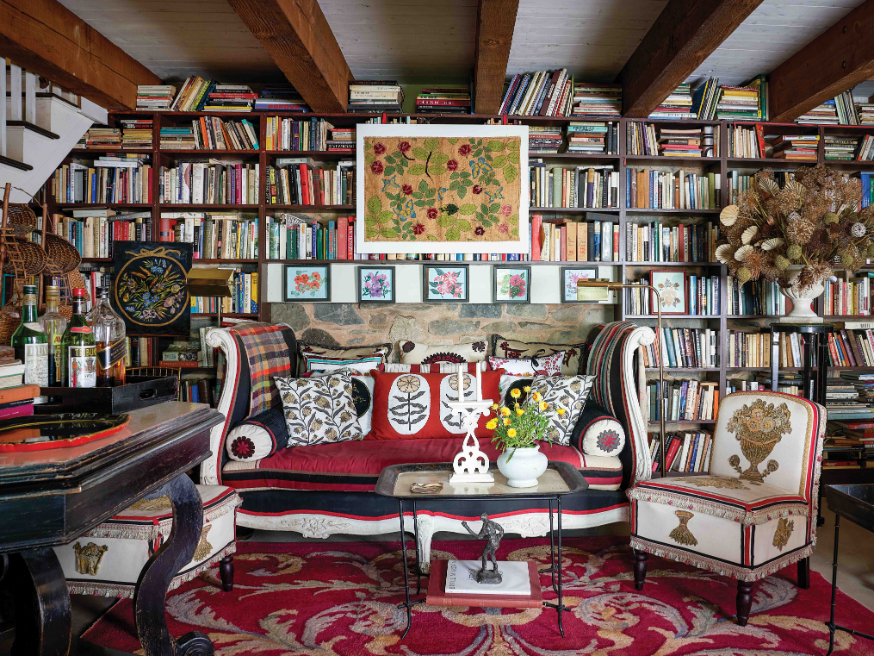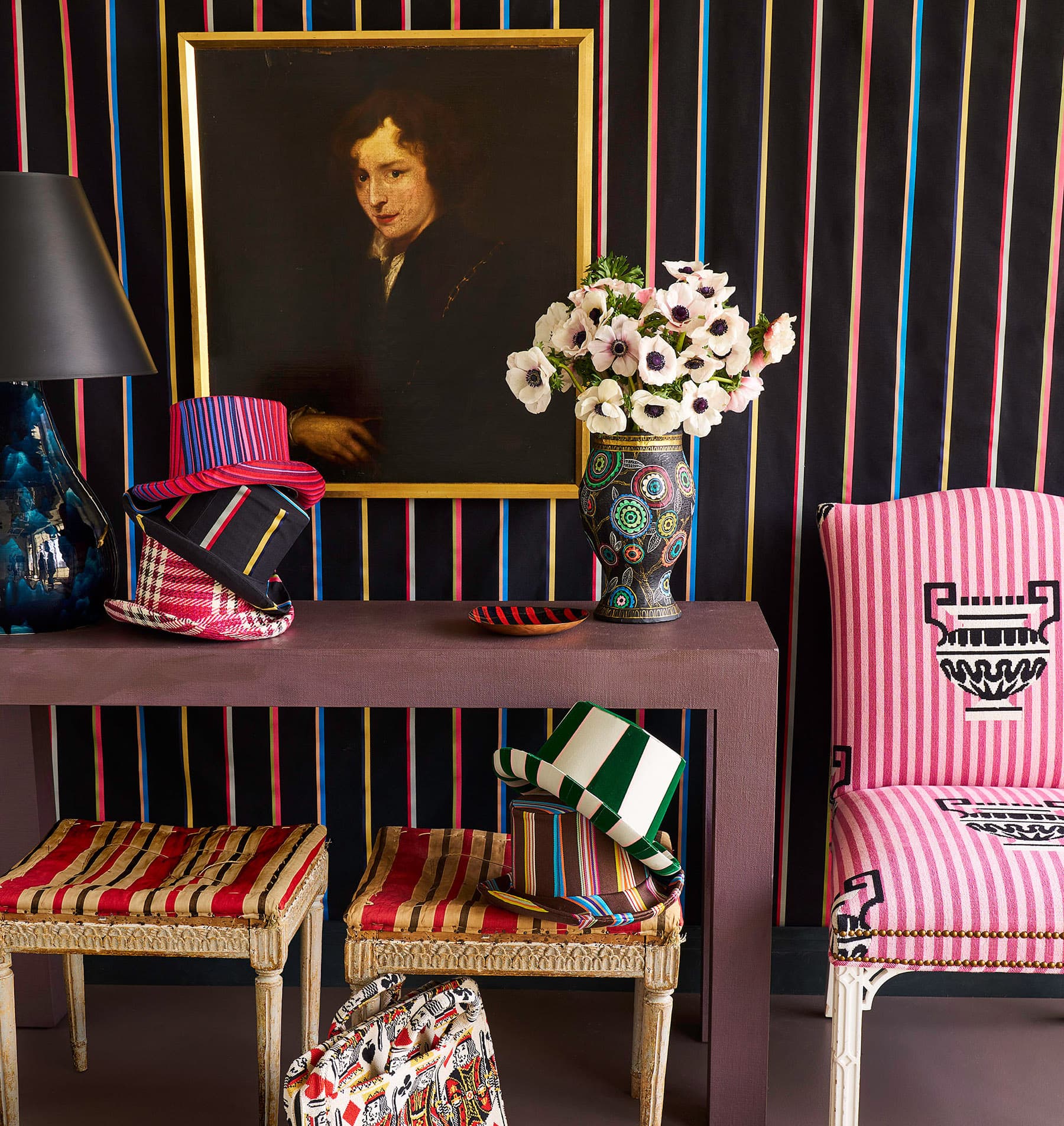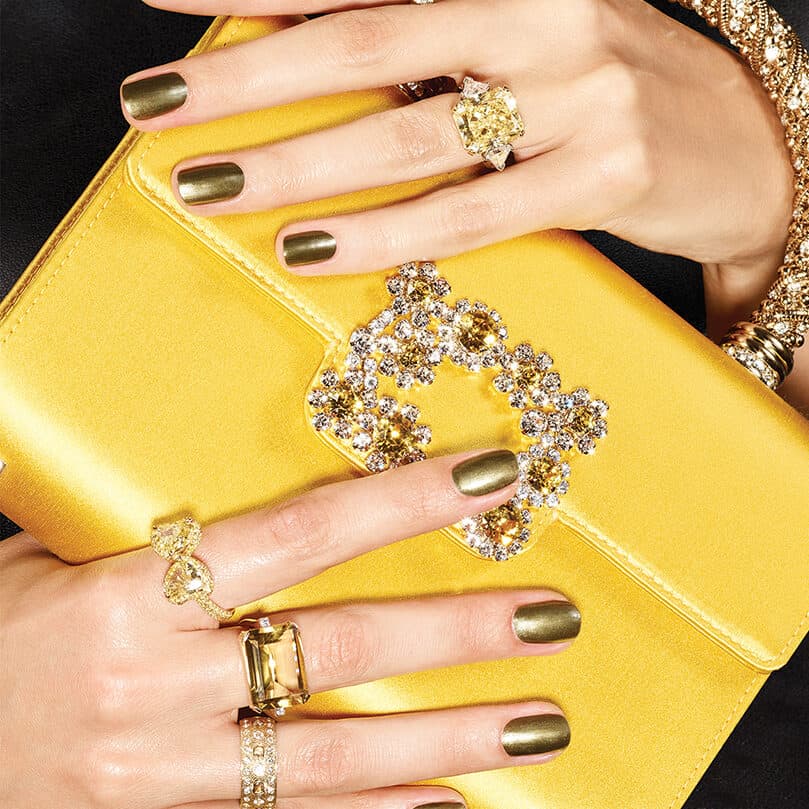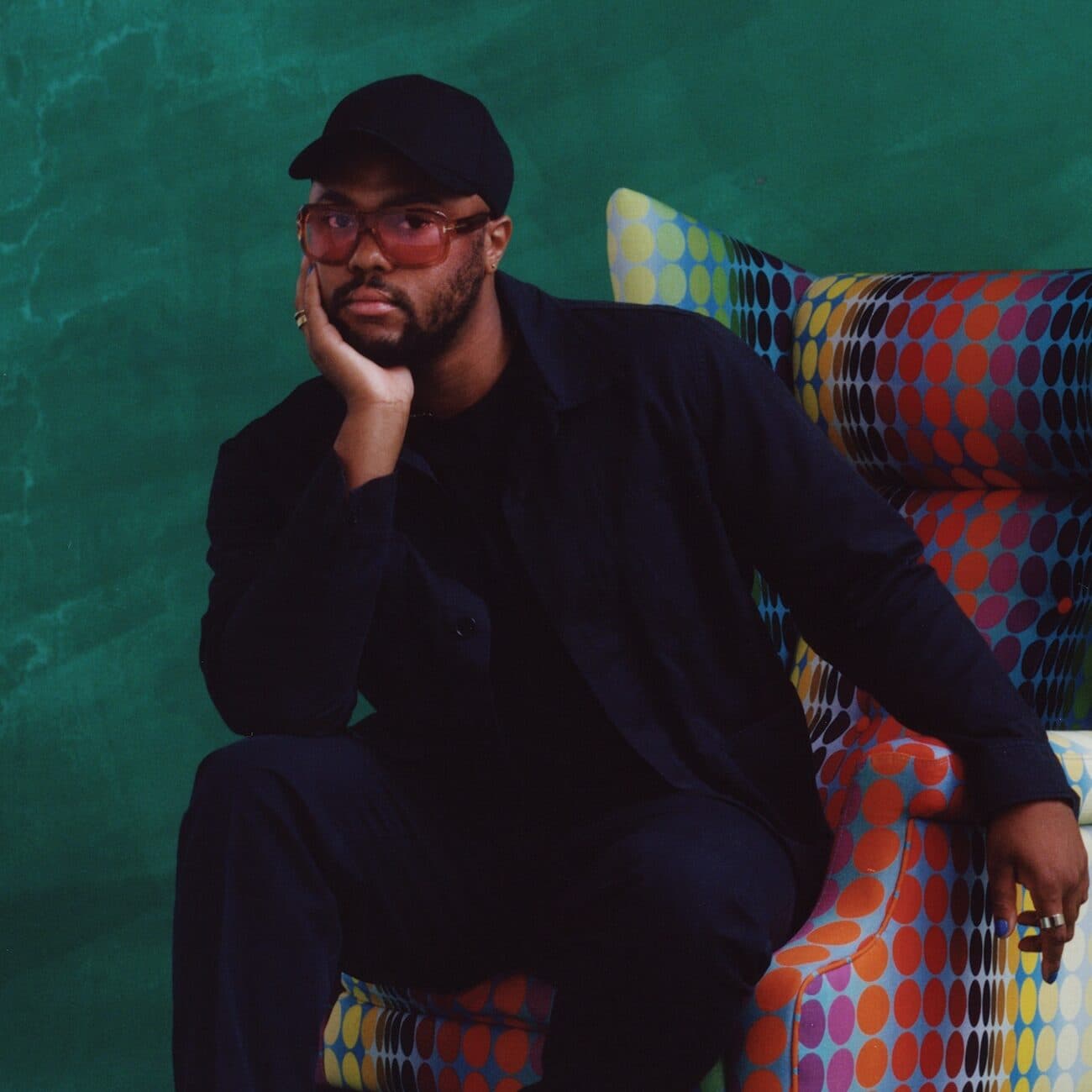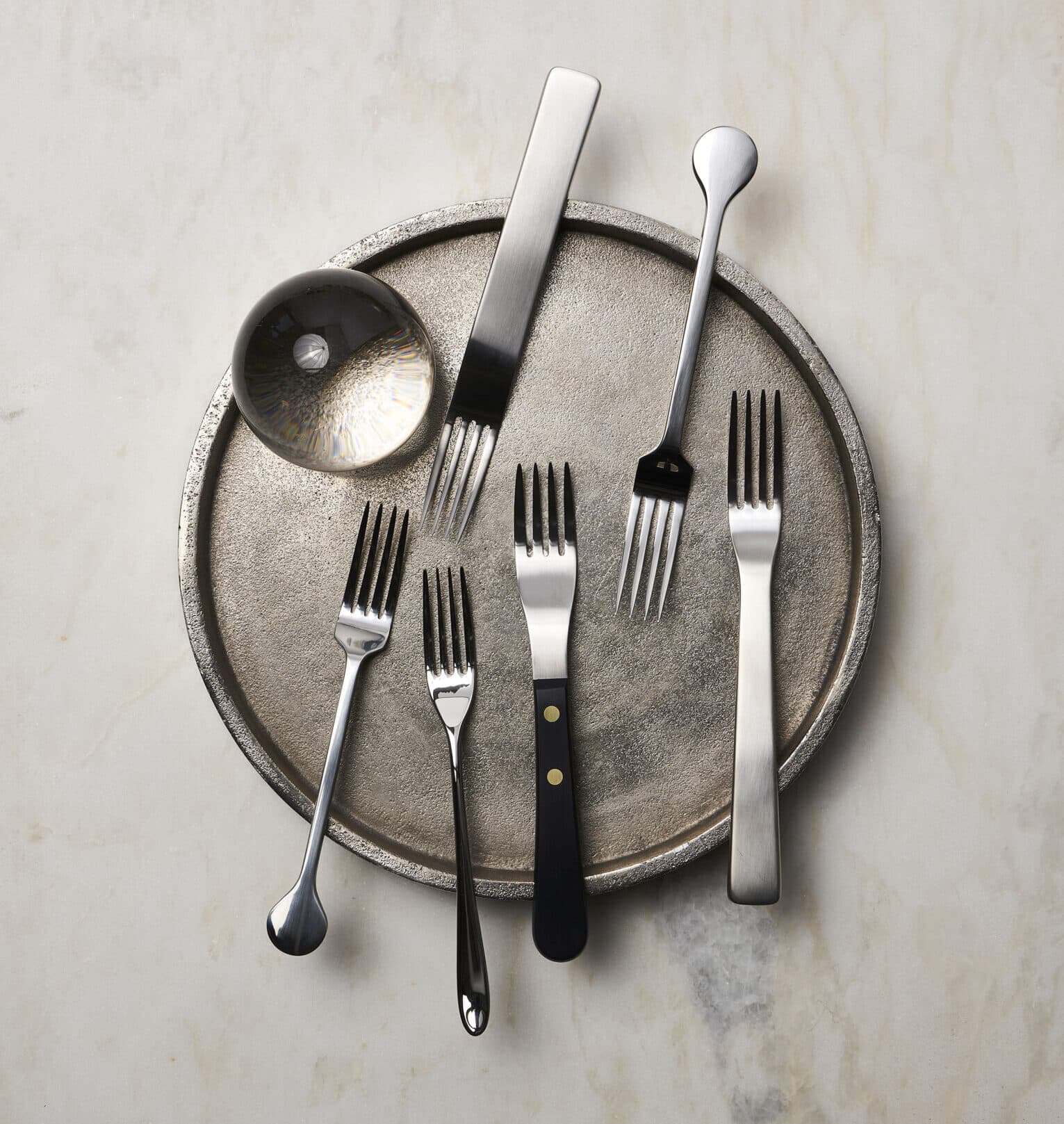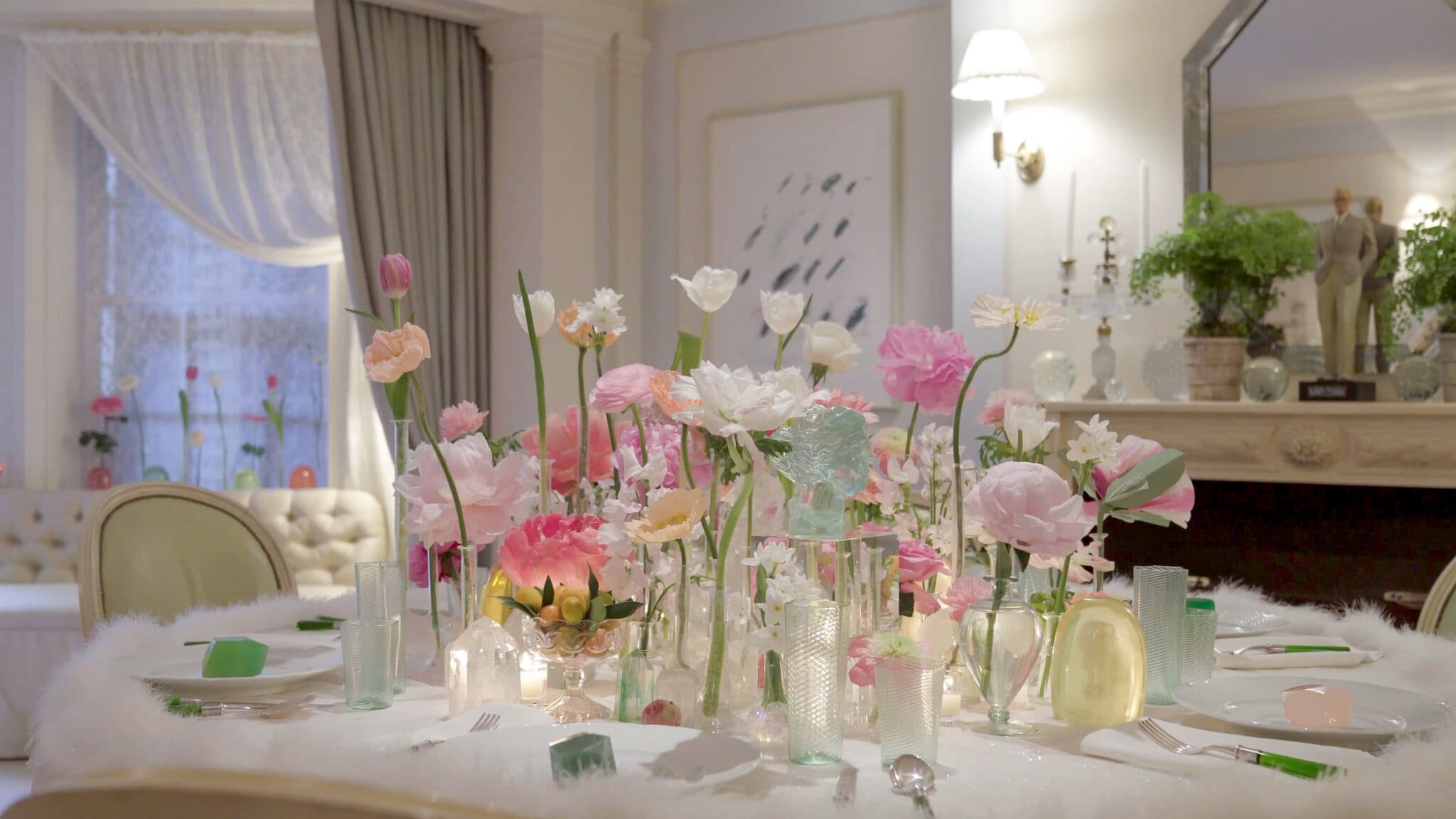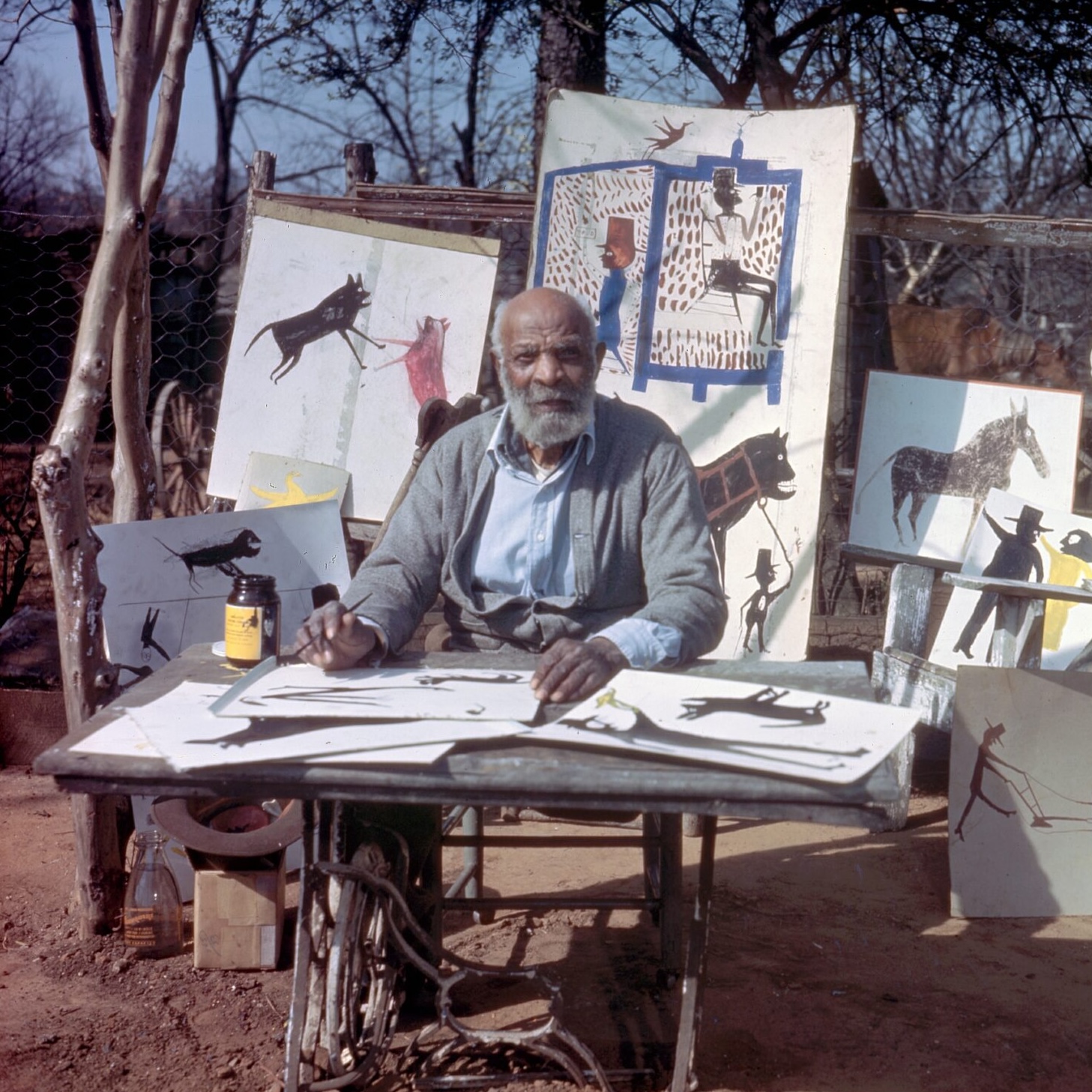
The kaleidoscopic patterns of Lilly Pulitzer’s iconic resortwear have had a cult-like following since the early 1960s, when Jackie Kennedy was caught sauntering around Ravello, Italy, and Hyannis Port, Massachusetts, in the Palm Beach designer’s vibrant sheath dresses. But little did we know that Susie Zuzek de Poo, a brilliant textile designer in Key West, Florida, was the unsung hero behind these whimsical and spirited fabrics.
The just-released book Susie Zuzek for Lilly Pulitzer: 1962-1985 (Rizzoli) tells the fascinating story of the artistic genius behind the iconic brand. Here are just a few of our favorite facts from it.

Suzie Zuzek, ca. 1943.Courtesy of the de Poo family

Zuzek Was a Dazzling Talent
At Key West Hand Print Fabrics—the silkscreen-printing company where she worked and where socialite Lilly Pulitzer was one of the first clients—Zuzek stood out for being leaps and bounds above her colleagues (and bosses) in terms of skill and education, having graduated top of the class from Brooklyn’s Pratt Institute followed by several years of creating textiles for interiors and fashion in the Big Apple. Her work would go on to become highly collectible in the late 20th century, despite her name remaining largely unknown to the general public.
She Was Enchanted by Marine Motifs
“[Susie’s] style was perfectly suited to screen printing: big, loose designs in which minor mis-registrations were not apparent,” writes Susan Brown, Associate Curator at the Cooper Hewitt, Smithsonian Design Museum, and a coauthor of the book. “Today, Pulitzer is often dismissed as a purveyor of pink and green florals, but those original prints were beloved for a reason: Zuzek’s designs were wonderful and strange, and far more diverse than just florals.” A Florida transplant by way of upstate New York, Zuzek’s oceanic motifs skewed from classic seashells and seagulls to more unusual creatures and even flotsam and jetsam, including turtles, crabs, pelicans, shrimp pots, sea-glass bottles and fishnets.

The Reef, 1979. Drawing of a design by Suzie Zuzek for Key West Hand Print Fabrics, Inc.
Brush and watercolor, pen and black ink, graphite on white paper. © The Original I.P. LLC.Matt Flynn/Cooper Hewitt, Smithsonian Design Museum
Brush and watercolor, pen and black ink, graphite on white paper. © The Original I.P. LLC.Matt Flynn/Cooper Hewitt, Smithsonian Design Museum
She Was a Master of Multilayered Patterns
Aside from her deft use of vibrant colors and whimsical motifs, Zuzek also had a keen understanding of how a pattern could be a visual feast from both near and far. As Brown describes, “[a] design that might, from a distance, appear to be a traditional polka-dot pattern would be revealed up close to be composed of bears frolicking with balls, or owls with blue-ringed eyes. Paisleys might turn out to be penguins or walruses on closer inspection. A delicate study of butterflies, in repeat, becomes a bold diagonal stripe, ideally suited to the A-line maxi skirts and dresses of the 1970s.”

Wildness, 1972. Drawing by Suzie Zuzek for Key West Hand Print Fabrics, Inc. Brush and watercolor, pen and black ink, graphite on paper. © The Original I.P. LLCMatt Flynn/Cooper Hewitt, Smithsonian Design Museum
She Was Crazy for Flowers, Flowers, Flowers!
Taking her cues from the medieval Unicorn Tapestries and their millefleurs (that’s art-history speak for thousand-flower backgrounds), Zuzek didn’t waste an inch of space. She filled her pieces from corner to corner with floral designs inspired by everything from porcelain shards found along the beach to her favorite wildflowers from childhood. Daisies, Queen Anne’s lace, hibiscus and bougainvillea were among the colorful flora that often made appearances in her work.

Grace’s Garden, 1972. Designed by Suzie Zuzek for Key West Hand Print Fabrics, Inc.
Brush and watercolor, graphite on cream paper. © The Original I.P. LLC Matt Flynn/Cooper Hewitt, Smithsonian Design Museum
Brush and watercolor, graphite on cream paper. © The Original I.P. LLC Matt Flynn/Cooper Hewitt, Smithsonian Design Museum
ORDER YOUR COPY HERE >

